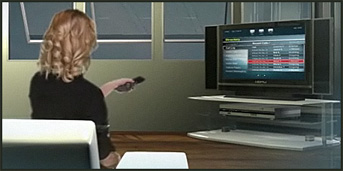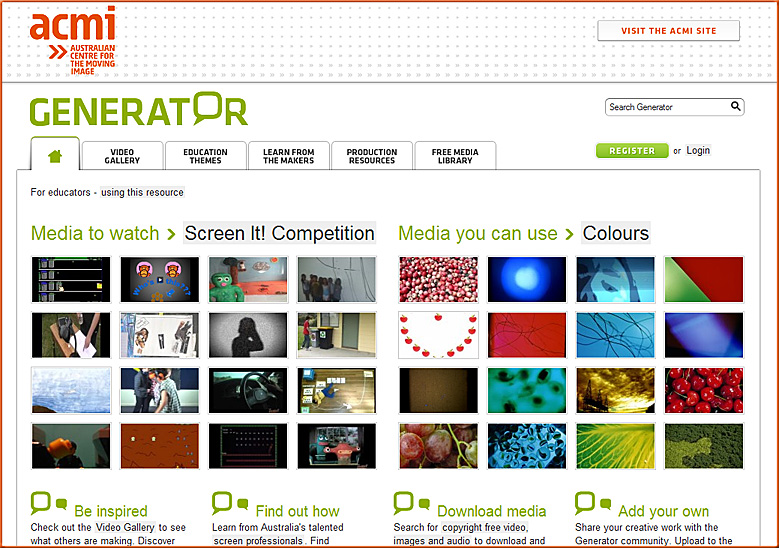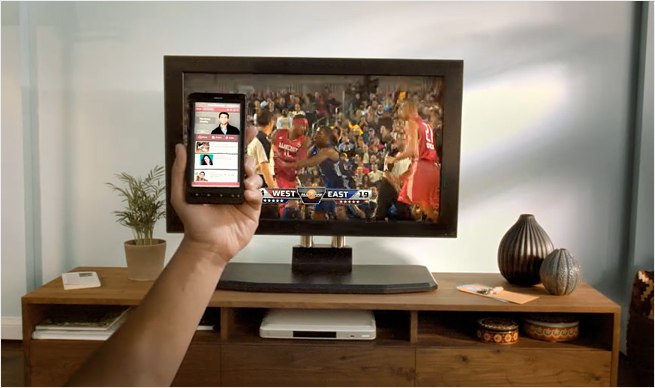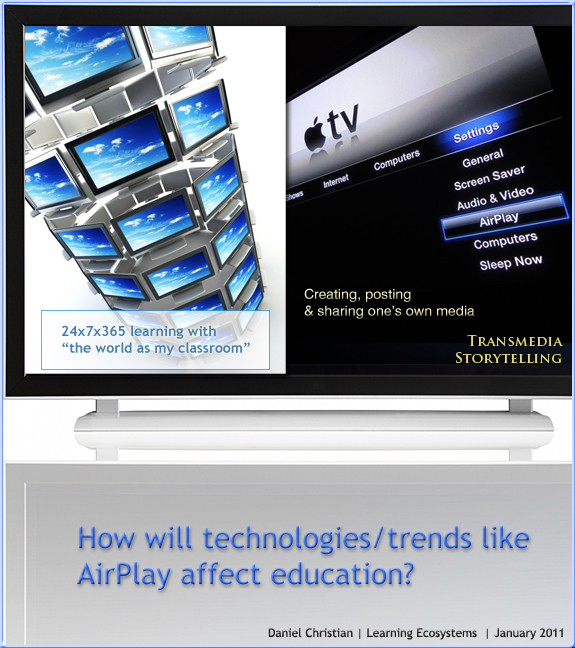When textbooks and social media collide — CampusTechnology.com by Bridget McCrea
A professor at a Christian liberal arts college in Michigan puts textbooks together with social networking to get students jazzed about historical events.
Right around the time that the term “social networking” was starting to roll off the tongues of school administrators and teachers, Christian Spielvogel was already deep in the throes of a project that would combine the next concept with traditional textbooks.
The year was 2007, and Spielvogel, now an associate professor of communication at Hope College in Holland, MI, was experimenting with the idea of implementing gaming and computer simulations while on sabbatical at the University of Virginia. Having conducted intensive research into the public memory of the Civil War period, Spielvogel wanted to “un-romanticize” public perception of the conflict and create a more realistic, engaging, and even risky learning experience for high school and college students.
Using the University of Virginia’s Valley of the Shadow digital archive as a guide–and funding from the National Endowment for the Humanities and Virginia Foundation for the Humanities for financial support–Spielvogel developed an online reenactment and multiplayer role-playing simulation that takes place during the American Civil War.
…
Little did Spielvogel know at the time, but his creation would become an early example of how computer gaming can be successfully combined with education. “At the time, there had already been some efforts made to develop games and simulations with most of them based on single-player models,” said Spielvogel, “but the whole idea of a multiplayer experience that allowed a group to become involved in the game and interact online was still pretty new.”


























